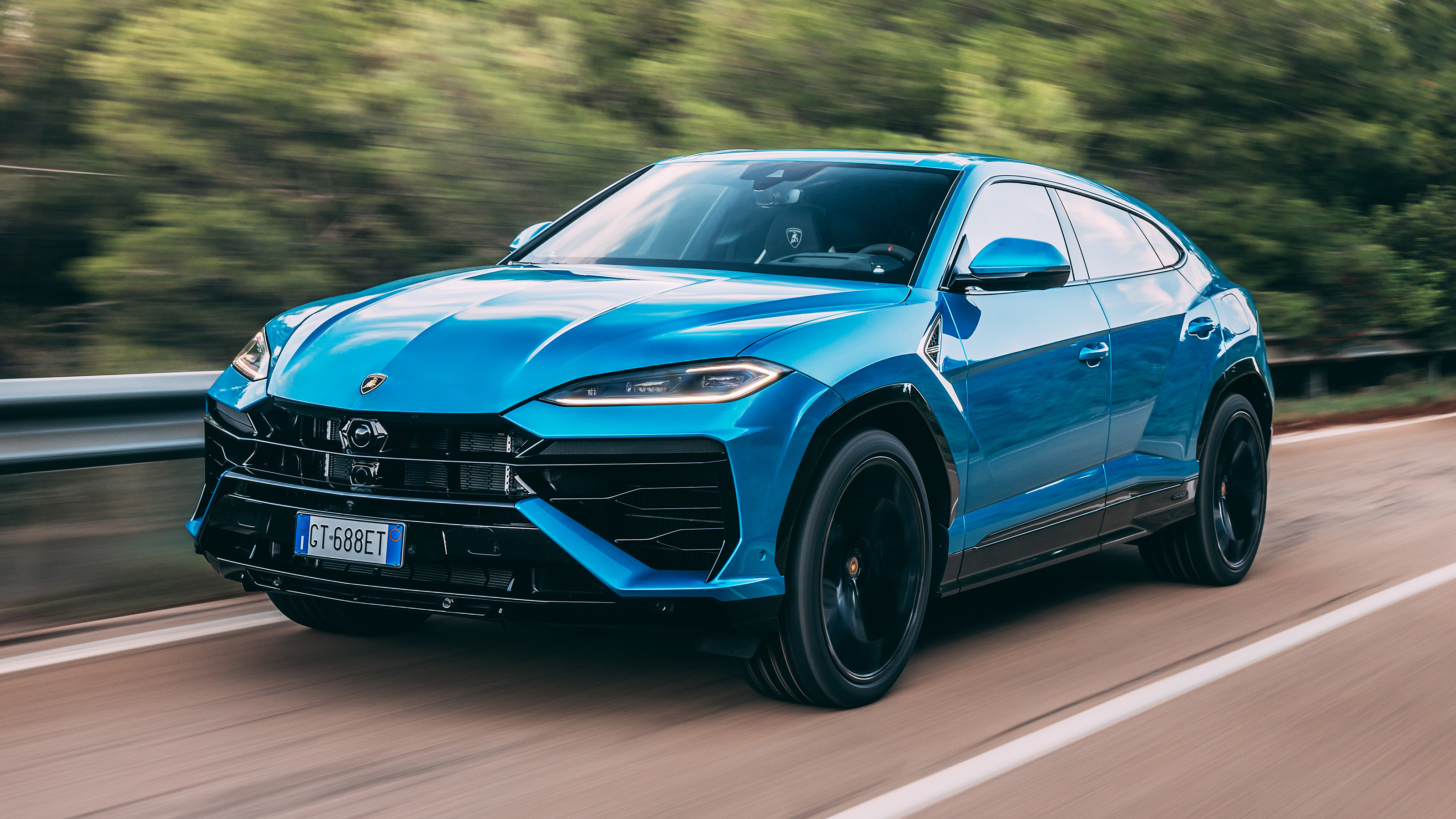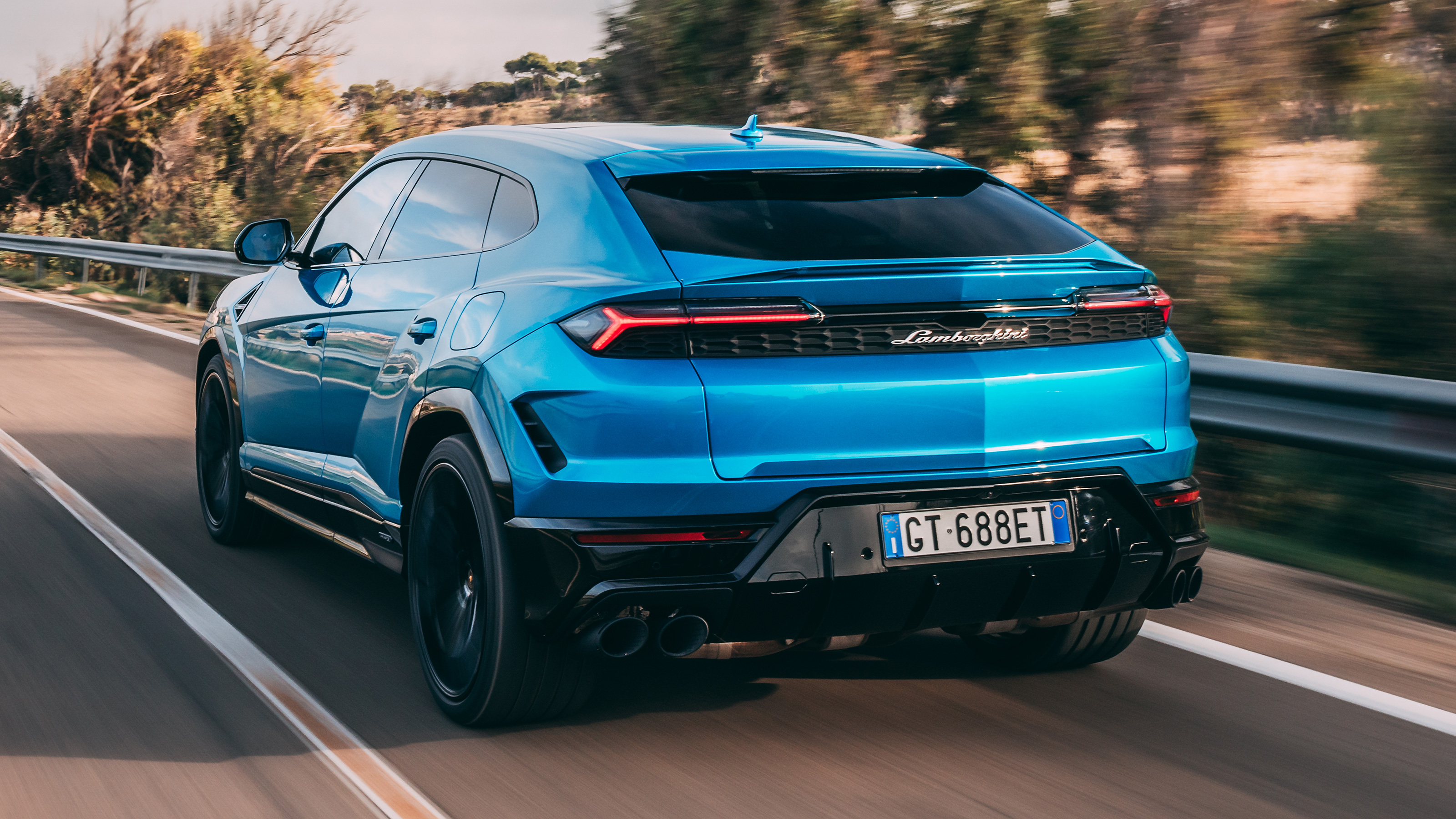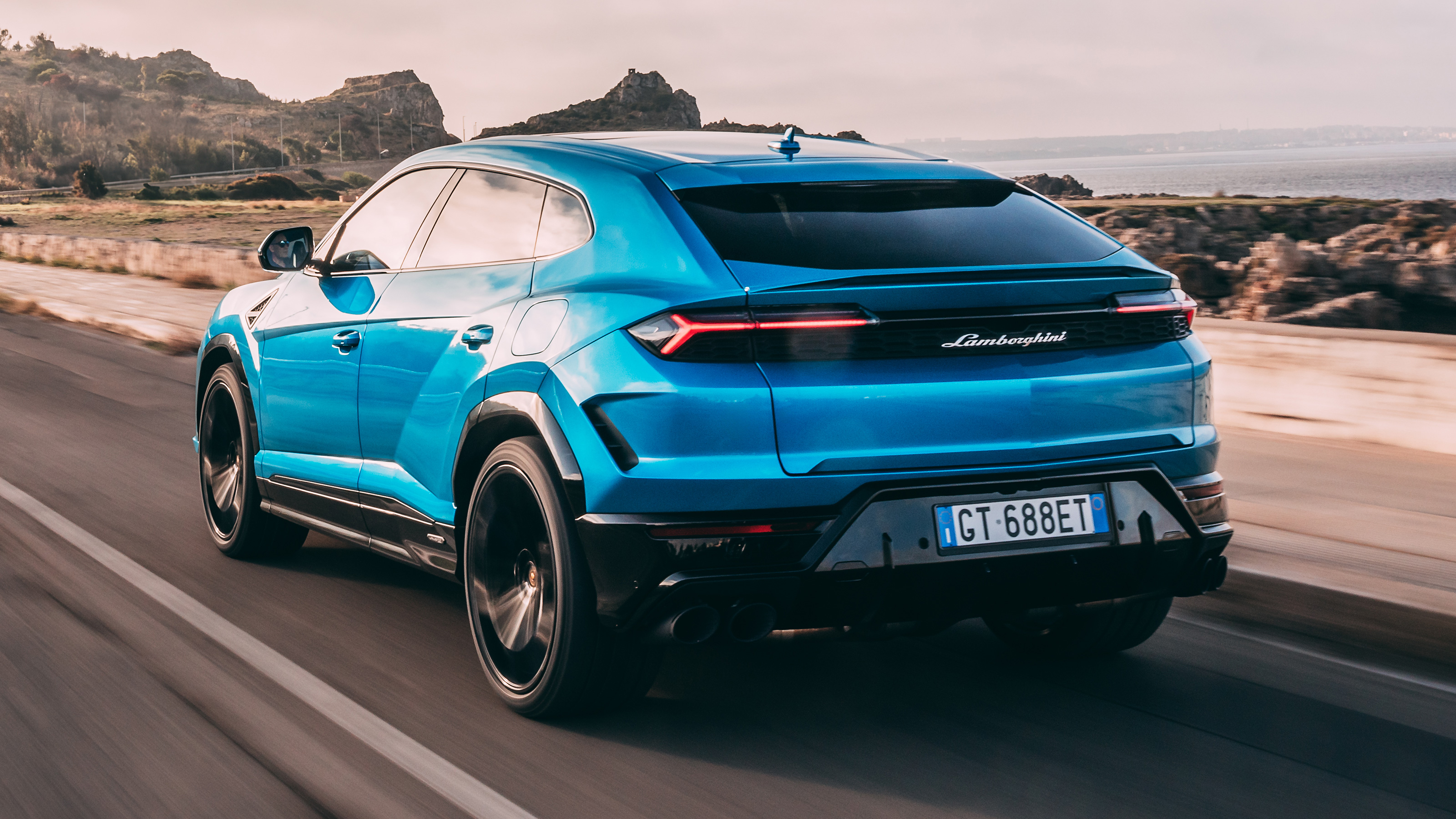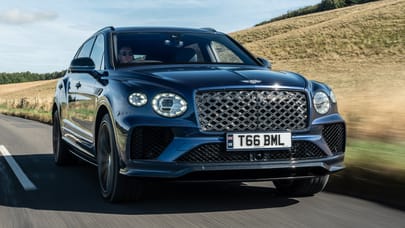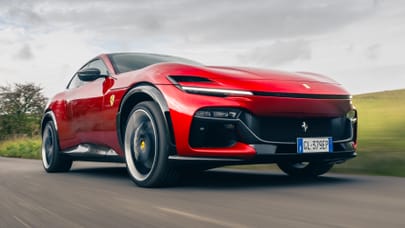
Good stuff
Looks and sounds fantastic, actually pretty useful as an all-rounder, huge performance, highly entertaining handling
Bad stuff
Hybrid drivetrain a little tricky to fathom, hides its mass well but still hefty, far from subtle
Overview
What is it?
SE might conjure up memories of beige Rover Group products back when the company car hierarchy could ruin someone’s social standing. Needless to say there’s more to this refreshed version of Lamborghini’s SUV than wood trim and an FM radio.
Italy’s other great super sports car manufacturer is in rude health, with revenues for the first six months of 2024 of €1.62bn and operating profit of €458m. Much of that, of course, is down to the Urus - a substantial sales hit since its arrival in 2018 with more than 32,000 delivered worldwide - and a model that has done for Lamborghini what the Cayenne and Macan did for Porsche while obliterating purists’ grumbles into the bargain.
It helps that the Urus has always been unarguably impressive even if it’s not your kind of thing. Some interesting stats: 70 per cent of Urus owners are new to Lamborghini, and 41 per cent of them are less than 40 years old. This is the kind of demographic trend most car makers would kill for.
Now it receives a major mid-life facelift to maintain its status and relevance. It’s more of a heart transplant given that the SE is a plug-in hybrid, which means that once the Temerario lands the entire Lamborghini range will be hybridised. How times have changed.
Tell us more.
Well, there is an actual facelift. The bonnet has been reprofiled and there are reworked headlights for a more emollient overall look. A sporting vehicle that looks less aggressive than the one it replaces? Apparently so. The rear end sees the number plate repositioned to the lower part of the car, and redesigned tail-lights result in a tapered centre-peak graphic. The result is a textbook refresh.
Design director Mitja Borkert says the rear end rework is inspired by the Gallardo. Does this make the Urus SE retro? “It’s important to pin down the mission of the vehicle,” he notes, “because it’s easy to run in a wild direction.” We’d say the company’s Centro Stile has actually been quite restrained here.
Mind you, there are also some new wheel options, up to and including 23in diameter ones, although the Urus still manages to look imperious on the regular 21in rims. Lamborghini’s obsession with colour continues unabated, and at no point will the Urus SE owner find themselves flying under the radar. Even if the car is finished in Nero black and creeping around in full electric mode in the dead of night.
Surely a Lamborghini should always be noisy and theatrical?
Indeed. But in this case, a little less so. At least at first glance. The Urus SE combines the 4.0-litre twin turbocharged V8, rear-mounted e-motor and 25.9 kWh battery that does such excellent work in the new Bentley Continental GT Speed and Porsche Cayenne. Any suspicion that this commonality risks polluting the Lamborghini DNA is swiftly batted away by Chief Technical Officer, Rouven Mohr. Apart from anything else, the man appears to be obsessed with drifting and has a garage rammed with interesting cars. Character is pre-eminent when it comes to tuning this hybrid SUV.
Note also that the system outputs for the Urus SE are all higher than its relatives manage. Makes sense. Nor has Lamborghini downsized the engine, eight cylinders presumably the minimum. The combustion engine makes 612bhp on its own, aided by the e-motor’s 189bhp, for a total of 789bhp.
The Urus SE can do 37 miles in electric mode, which is decent enough if nothing to write home about given the size of the battery. Then again, this particular attribute probably isn’t that high on owners’ lists of desirables. In order to save weight, the battery only charges at 7kW but can recharge on the move at up to 80 per cent depending on the driving style. Or you can plug it in overnight.
The e-motor sits within the eight-speed transmission, and instead of the previous model’s Torsen centre differential, the new one gets a ‘hang on’ clutch pack for a continuously variable torque distribution between the front and rear axle. This is combined with a new e-LSD, for lateral and longitudinal torque vectoring, greater agility and more traction. Or less, if that’s your bag and you have the room to explore… and shares in Pirelli.
The upshot is a car with an amazing technical and dynamic bandwidth, especially for a machine that weighs just over 2.5 tonnes (2,505kg to be exact, 160kg more than the S).
“Everyone is talking about software-defined vehicles,” Mohr tells TG.com. “But the hardware is the enabler, it’s still vitally important. The software then lets you get to the target you have set out. We have invested a lot on the software side but you need both. The software adds the layers on top.”
On the Urus SE, those layers are impressive. And complicated. It’s also the only Urus now available, replacing the S and Performante. A new version of the latter will likely be along in a few years’ time.
What's the verdict?
This is more than a mid-life update, for in hybridising the Urus, Lamborghini is also making a strong statement of intent. It’s difficult to argue with a car that has a useful real-world electric range, uses the emerging tech to broaden the car’s dynamic remit, and introduces a playful new edge while it’s at it. With so many drive modes, though, it’s tempting to ask, “will the real Urus SE please make itself known?”
The Rivals
Trending this week
- Car Review
BMW iX3




